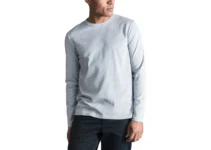We all more or less enjoyed buying household items or special gifts for loved ones. The satisfaction offered by finding the right items for both price and quality is truly indescribable. For many, shopping is a way to relieve stress. Also, we were all tempted to buy a certain product not because it is of the highest quality and cheapest, but because the packaging is very attractive. Therefore, companies around the world give a lot of money to marketers and designers to design the most attractive packaging for their products. Of course, the interior and the very essence of the product is key, but consumer psychology explains that good packaging can also increase the sales of a product. With good packaging, you have great advertising, market positioning, but also the opportunity to increase the price.
Everything is fine as long as we can put the product in a bag or purse and bring it home. But the question arises, what about products that are so big that their packaging, and even transport, is a huge challenge? The packaging of large and bulky items has two challenges, one on the side of the manufacturer while the other is on the side of the customer.
No matter what it is: whether it is a washing machine or a gift for a best friend, the packaging must be tempting. Good packaging leaves a sense of good taste when it comes to the brand and increases customer satisfaction. On the other hand, the packaging must be of high quality so the customer could bring it completely safe to its destination.
If you want your bulky items to be delivered safely, their packaging needs extra care. In this text, we will give you guidelines on how to find the right solution for packing large items.
Page Contents
Consider the characteristics of the items you are packing
First of all, think about the size and shape of the object. Large irregularly shaped items are the most difficult to pack, especially if we want to take care of its appearance. It is very important that you have enough packaging material and to choose the right one. If the object has uneven edges, the challenge is even greater. Irregular edges can be easily damaged, so careful packaging is of great importance. Secure each protruding edge with cardboard, styrofoam, or some other material.
All large objects are usually very heavy. The high weight of the item also increases the risk during transport, regardless of whether the customer will transport it in their own cars or it will be delivered to the address. Care should be taken here on the surfaces on which the object stands, shocks, and vibrations that may occur during transport.
Once you have a good look at all the characteristics of the items being packed, follow the instructions below to bring it safely to the address:
1. Use of pallets
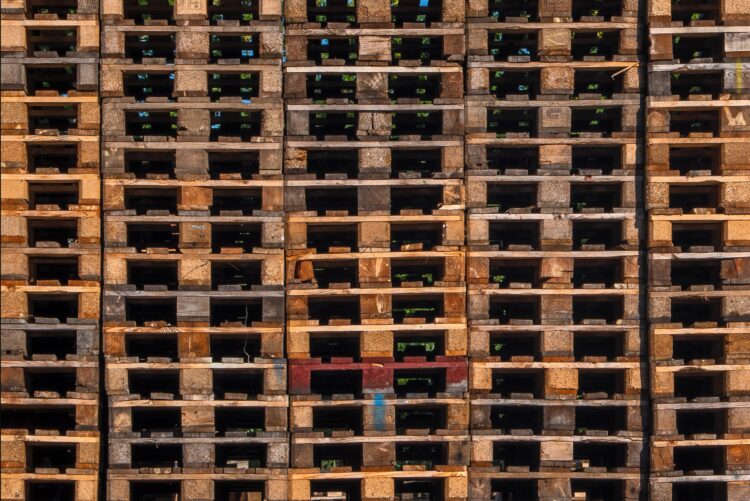
Source: unsplash.com
In order to leave the showroom, the product must go a certain way, which can be quite risky for the product itself. Conveyor belts, forklifts, or human power can be used to move it to the delivery truck or car. Remember: the heaviest items need to be attached to the pallet. Pallets are mostly made of wood or plastic. They are made to withstand a lot of weight but also stress when pulling and lifting. The pallet is made of two layers so that it reduces vibrations and impacts on the ground. It is very important to attach the item well to the pallet. However, the palette is not omnipotent either, so take care not to overdo the weight of the item.
2. Selection of packaging materials
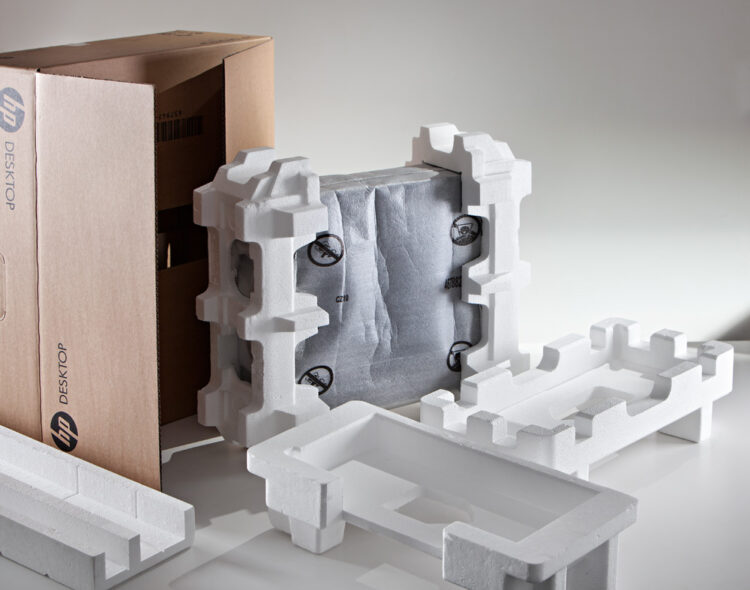
Source: tart.eu
One of the most desirable materials for packing bulky items is corrugated cartons. Corrugated cartons are much more effective than classic ones when it comes to protection. Between the two layers of cardboard, there is a divided air space and a space filled with bent cardboard threads. This increases the resistance to impact or falling of the object. This type of cardboard can be additionally reinforced with a waterproof layer.
If your product fits in a box, you may need extra reassurance that the product will not wear out even though it is in the box. You should use X-Pad tapes, papers, or crumbs for this. This way you will be sure that the product will not “walk” inside the box during transport, but also that the transmission of vibrations is reduced if it occurs before the impact of any kind.
3. Multiple products together
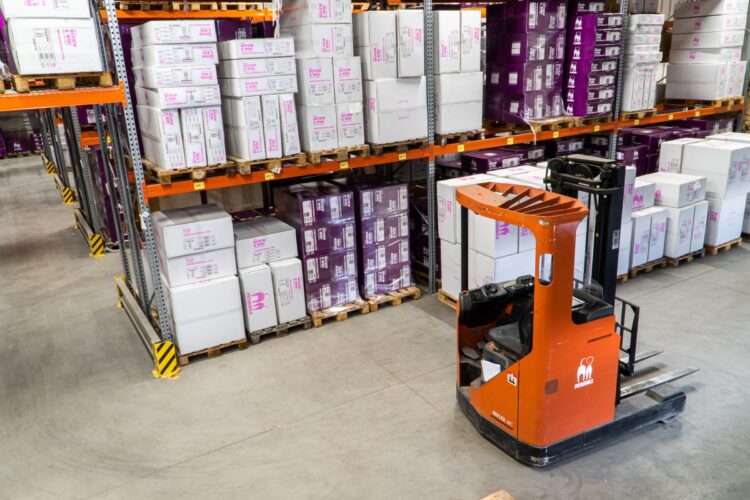
Source: unsplash.com
If you have several products to pack together, the solution is simple! There are standing pouch bags, and at www.hibags.com we discovered that they can be purchased and ordered in various sizes. By packing your products in these bags, you ensure that your items will not wear against each other, but will also be static. If you are packing several items in the same box, always place the bulkiest items first, and then the smallest ones. Fill in the blanks with an x-pad or simply with crumpled papers. It is much more likely that large objects will not move inside the box.
Take care that the box with more items is not too heavy because you risk a lot. Better to divide the item or items into lighter boxes.
4. Double check that the item is well sealed
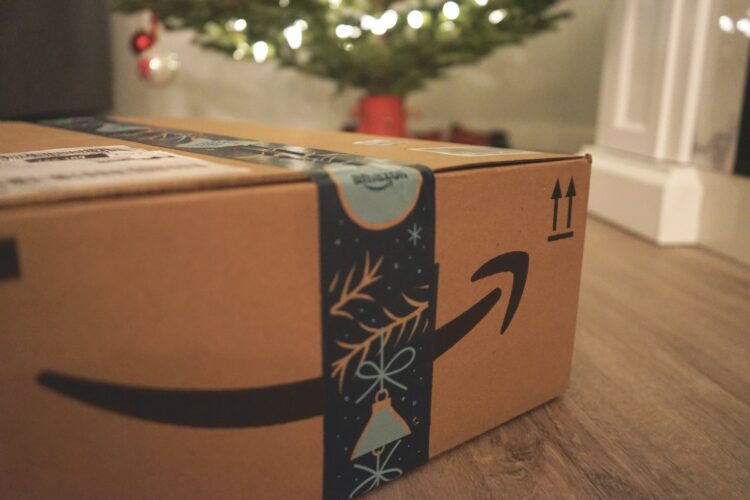
Source: unsplash.com
Whether it is a product on a pallet, wrapped in transparent foil, or packed in a box, ensure that it is sealed well. It is best to use self-adhesive tape resistant to wear and water. No matter what situations you may find yourself in, your product is safe. The tape will prevent the shipment from being opened during transport or theft during the trip. If necessary, wrap it twice with foil and tape.
Here we have suggested some of the options for packing large items. You should choose the right way of packing according to the characteristics of the object itself, but also the way of transport. Heavy items are particularly prone to damage as they move from the showroom to the point of delivery. They go through various challenges, both in relation to the method of delivery and in relation to the weather conditions. Quality packaging preserves the quality of the purchased product and reduces damage. Less damaged goods mean less money back but also more customer confidence. Safe packaging does not mean mandatory and ugly packaging. With a little effort and ideas, both criteria can be met: both safety and aesthetic.



